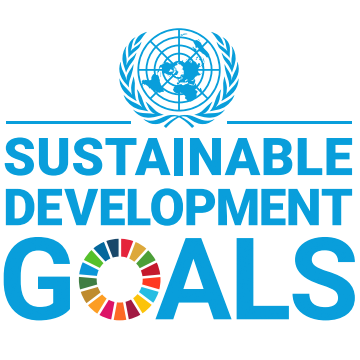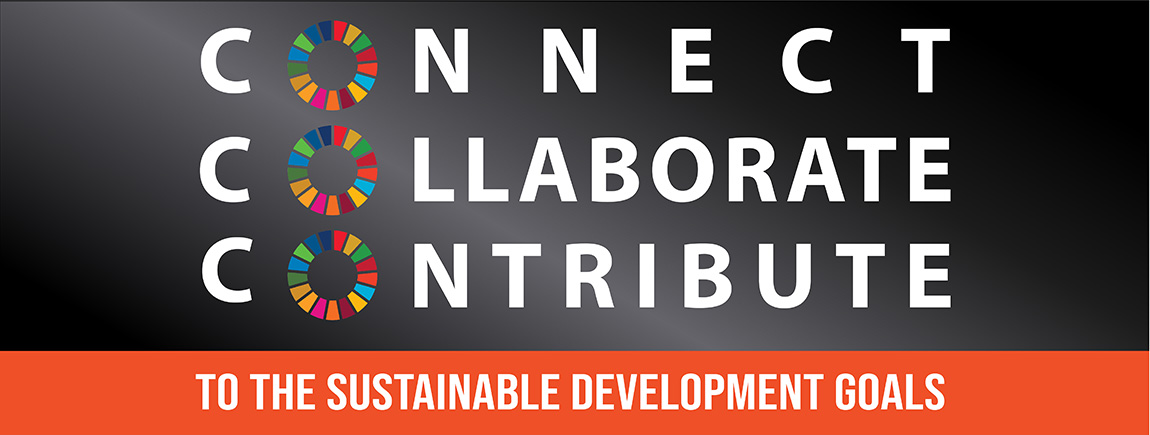
United Nations Sustainable Development Goals
The UTRGV Office for Sustainability aligns with the United Nations Sustainable Development Goals in recognition of the diverse factors that contribute to sustaining a quality of life on our planet. As the University grows and expands, it is within our interest that every department, college, office, and organization identify their own contributions for sustainable development.
Using the 17 Goals as a guideline makes it easy to see that every organization and department serves important contributions to our institution. Collaborating with our unique contributions and promoting communication and partnership across departments and organizations, moves us a step closer to our goals for sustainable development! The United Nations work website provides more information about their goals in sustainable development.
Sustainable Development Goals: 17 Goals to Transform our World
Click any of the goals below to learn more about it.
UTRGV celebrates the endeavors of student organizations, faculty research, campus departments, staff, and community organizations in the way they incorporate sustainable development into every facet of their activities.
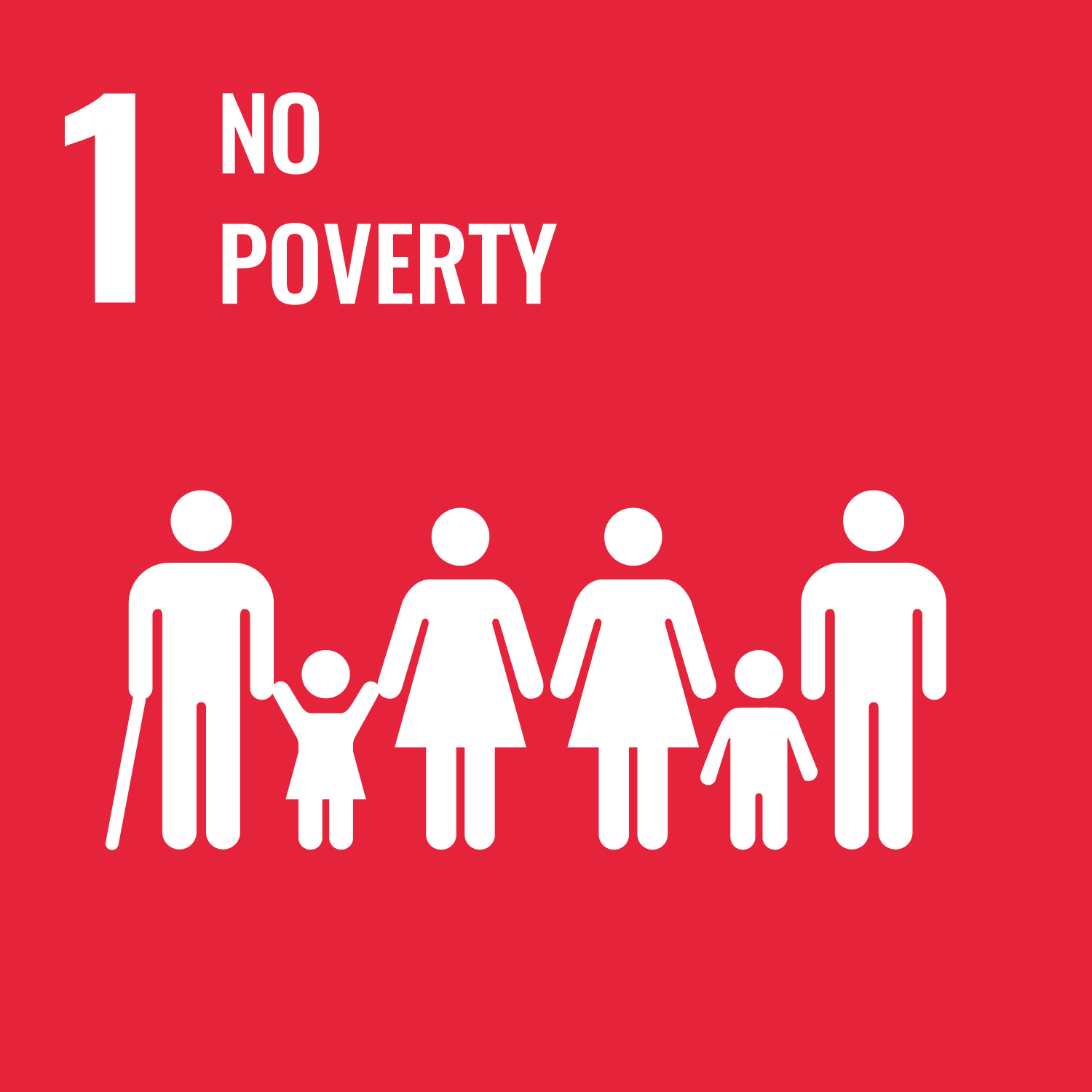
Goal #1 No Poverty: End Poverty in all its forms everywhere by 2030
Eradicating poverty in all its forms remains one of the greatest challenges facing humanity. As of 2015, about 736M people still lived in on less than US$1.90 a day; many lack food, clean drinking water and sanitation. Women are more likely to be poor than men because they have less paid work, education and own less property. New threats brought on by climate change, conflict and food insecurity, mean even more work is needed to bring people out of poverty.
Goal #2 Zero Hunger: End hunger, achieve food security and improved nutrition and promote sustainable agriculture
After decades of steady decline, the number of people who suffer from hunger – as measured by the prevalence of undernourishment – began to slowly increase again in 2015. Current estimates show that nearly 690 million people are hungry, or 8.9 percent of the world population – up by 10 million people in one year and by nearly 60 million in five years. The world is not on track to achieve Zero Hunger by 2030. If recent trends continue, the number of people affected by hunger would surpass 840 million by 2030.
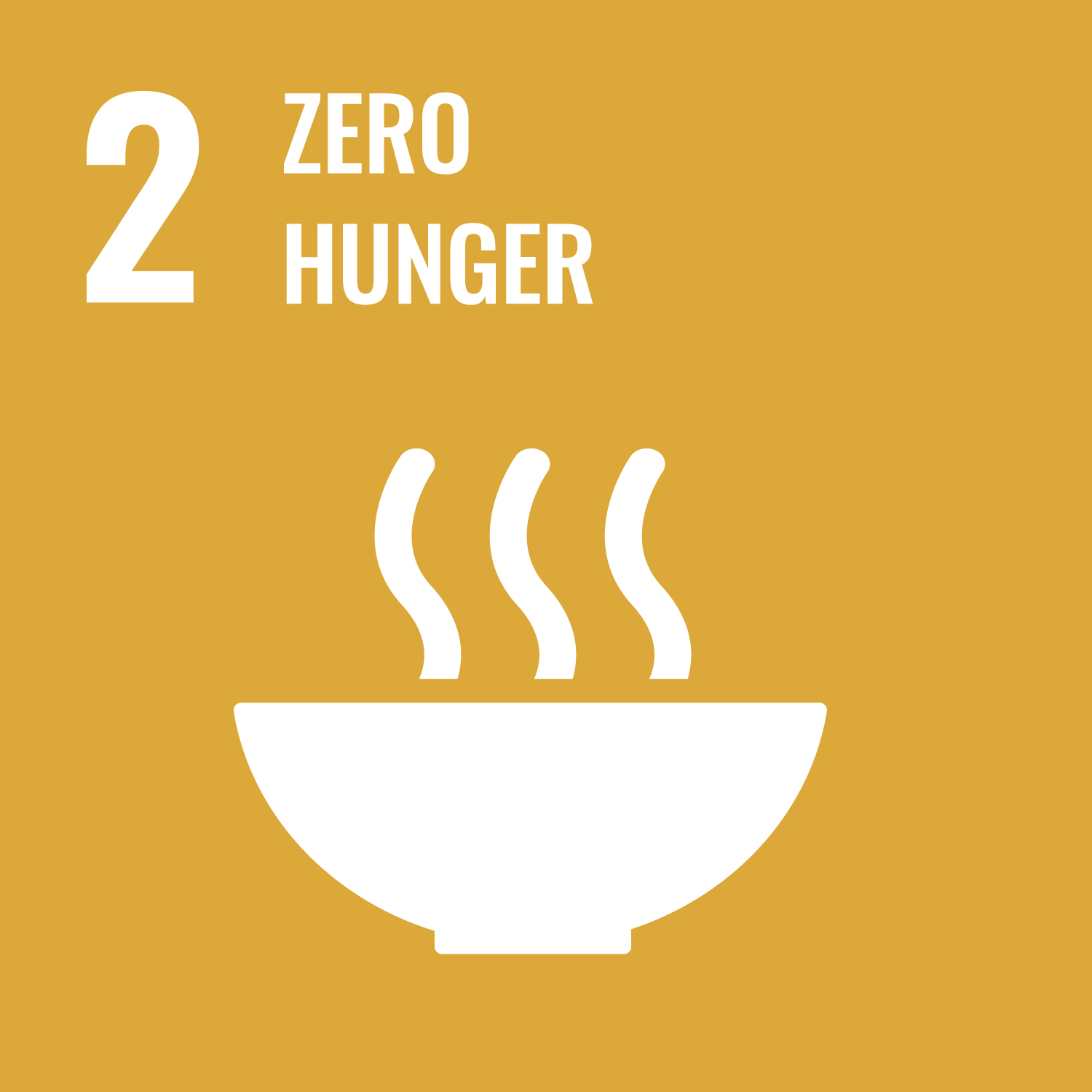
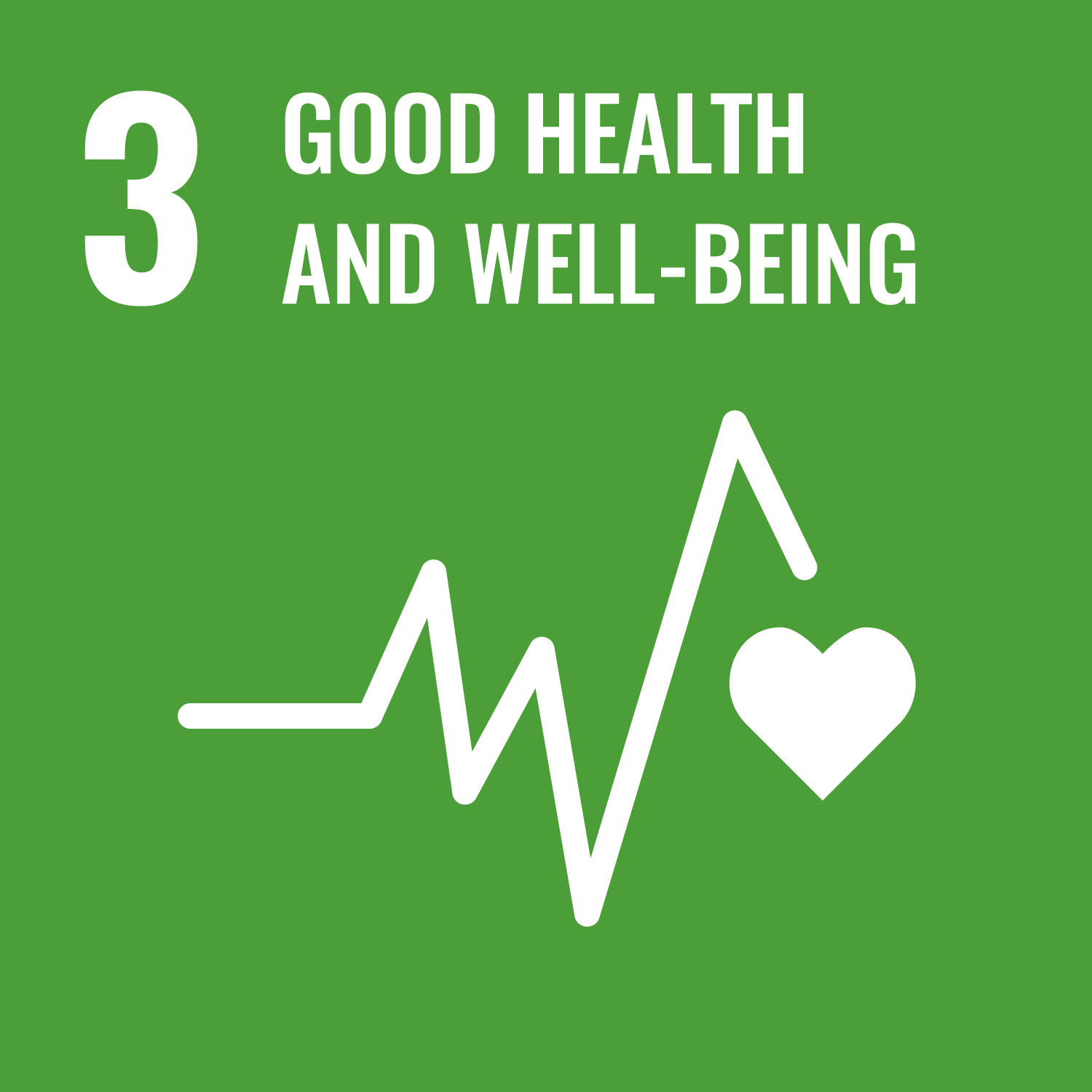
Goal #3 Good Health & Well Being: Ensure healthy lives and promote well-being for all ages
Ensuring healthy lives and promoting well-being at all ages is essential to sustainable development. Currently, the world is facing a global health crisis unlike any other — COVID-19 is spreading human suffering, destabilizing the global economy and upending the lives of billions of people around the globe. Before the pandemic, major progress was made in improving the health of millions of people. Significant strides were made in increasing life expectancy and reducing some of the common killers associated with child and maternal mortality. But more efforts are needed to fully eradicate a wide range of diseases and address many different persistent and emerging health issues.
Goal #4 Quality Education: Ensure inclusive and equitable quality education and promote lifelong learning opportunities for all
Education enables upward socioeconomic mobility and is a key to escaping poverty. Over the past decade, major progress was made towards increasing access to education and school enrollment rates at all levels, particularly for girls. Nevertheless, about 260 million children were still out of school in 2018 — nearly one fifth of the global population in that age group. And more than half of all children and adolescents worldwide are not meeting minimum proficiency standards in reading and mathematics.
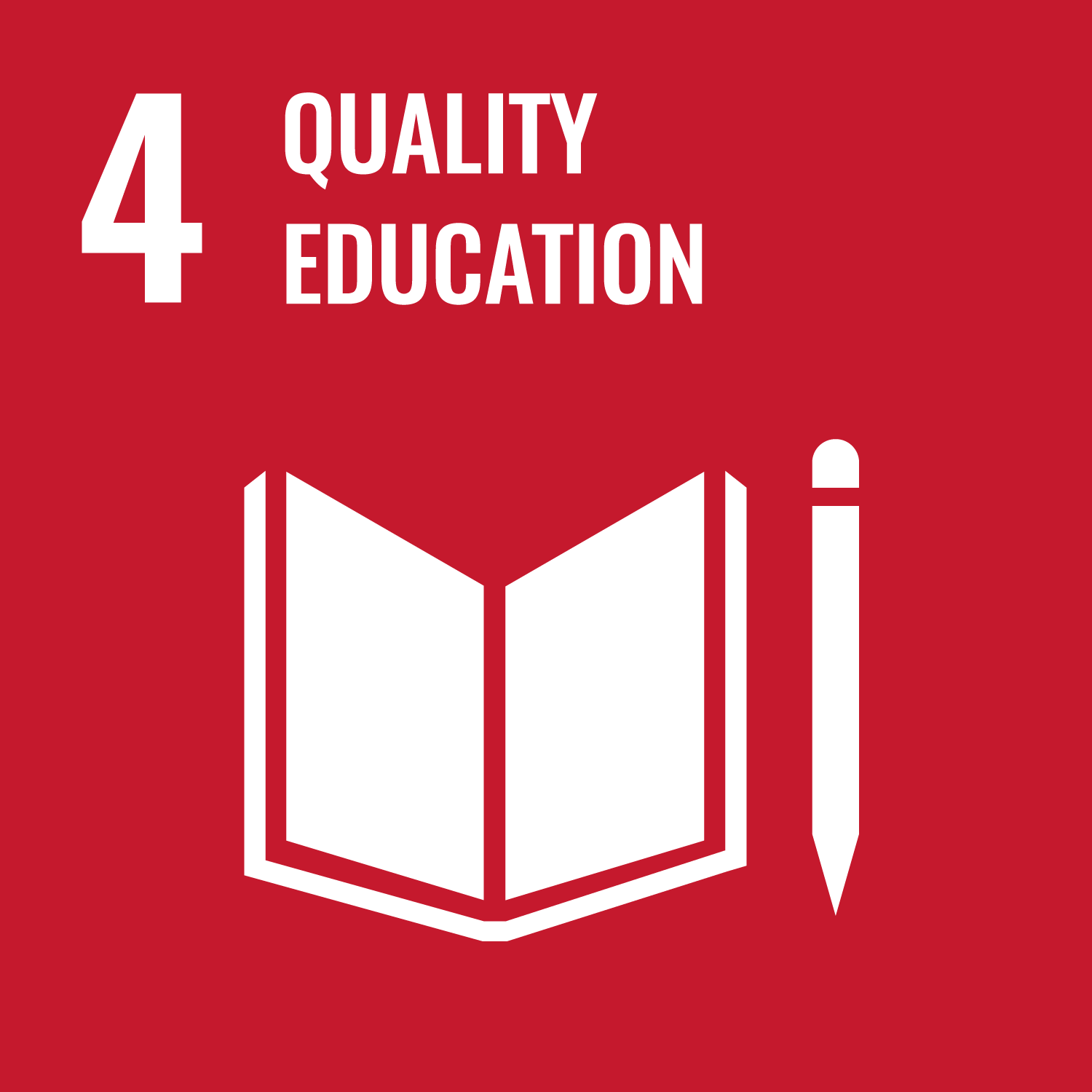
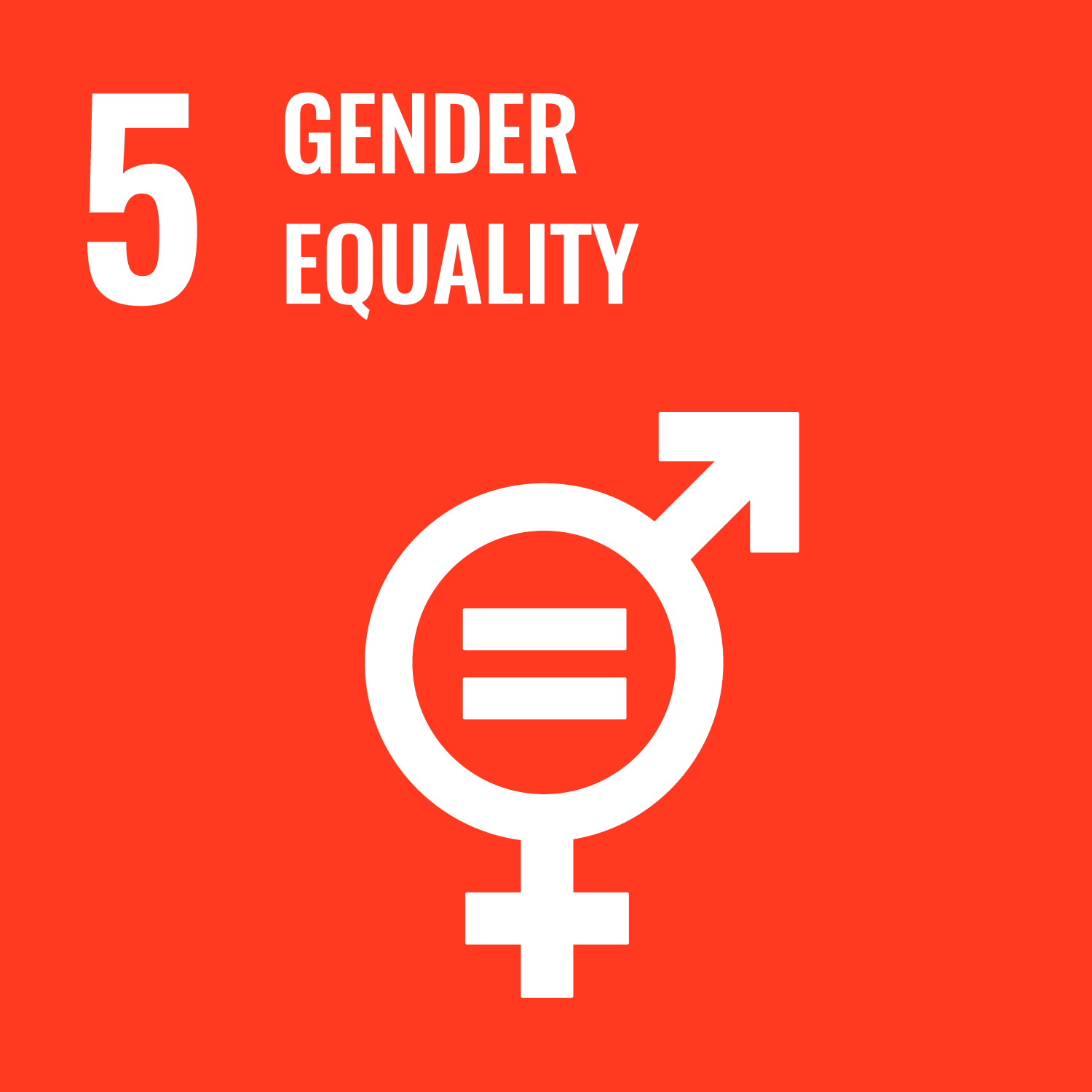
Goal #5 Gender Equality: Achieve gender equality and empower all women and girls
Gender equality is not only a fundamental human right, but a necessary foundation for a peaceful, prosperous and sustainable world. There has been progress over the last decades: More girls are going to school, fewer girls are forced into early marriage, more women are serving in parliament and positions of leadership, and laws are being reformed to advance gender equality.
Goal #6 Clean Water & Sanitation: Ensure availability and sustainable management of water and sanitation for all
While substantial progress has been made in increasing access to clean drinking water and sanitation, billions of people—mostly in rural areas—still lack these basic services. Worldwide, one in three people do not have access to safe drinking water, two out of five people do not have a basic hand-washing facility with soap and water, and more than 673 million people still practice open defecation.
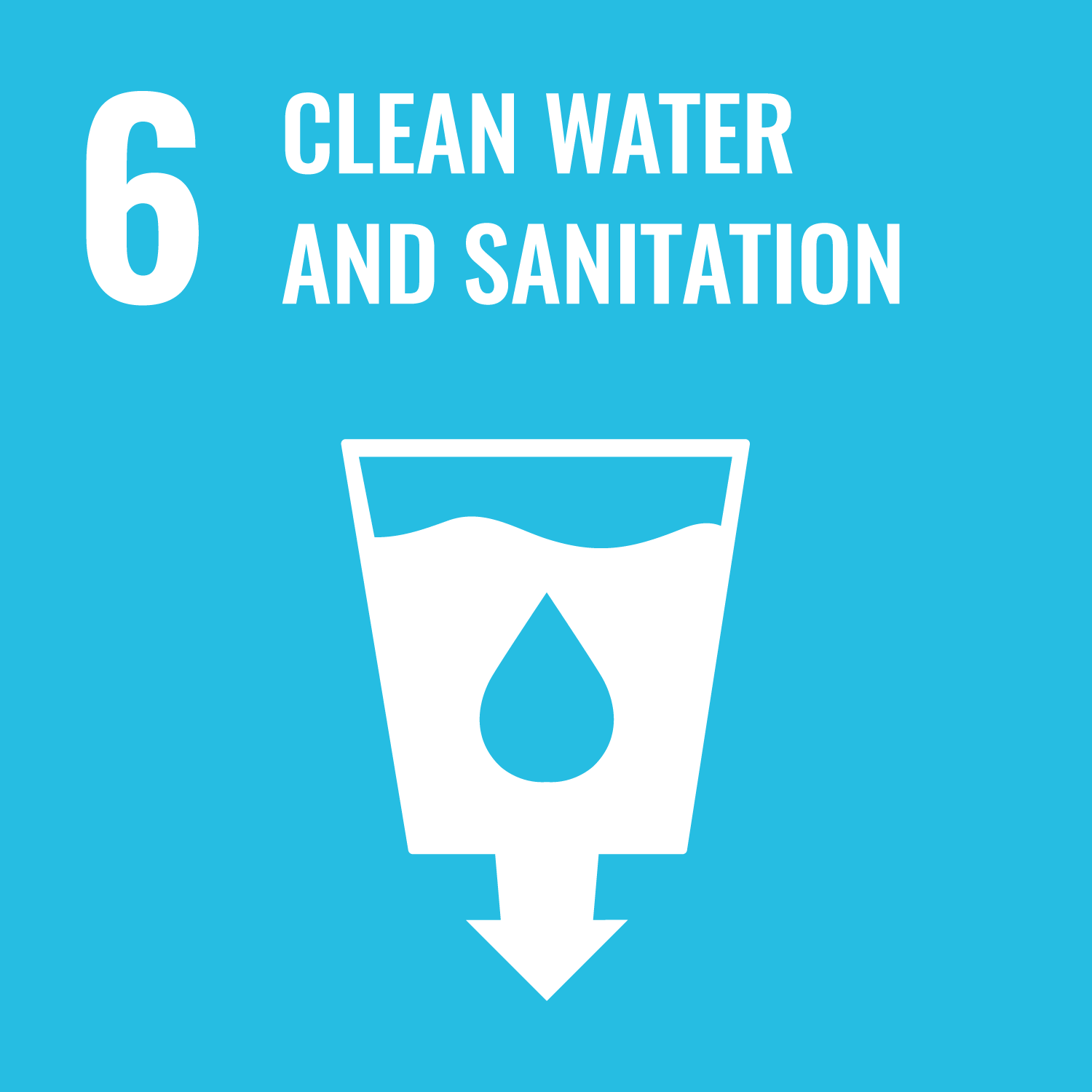
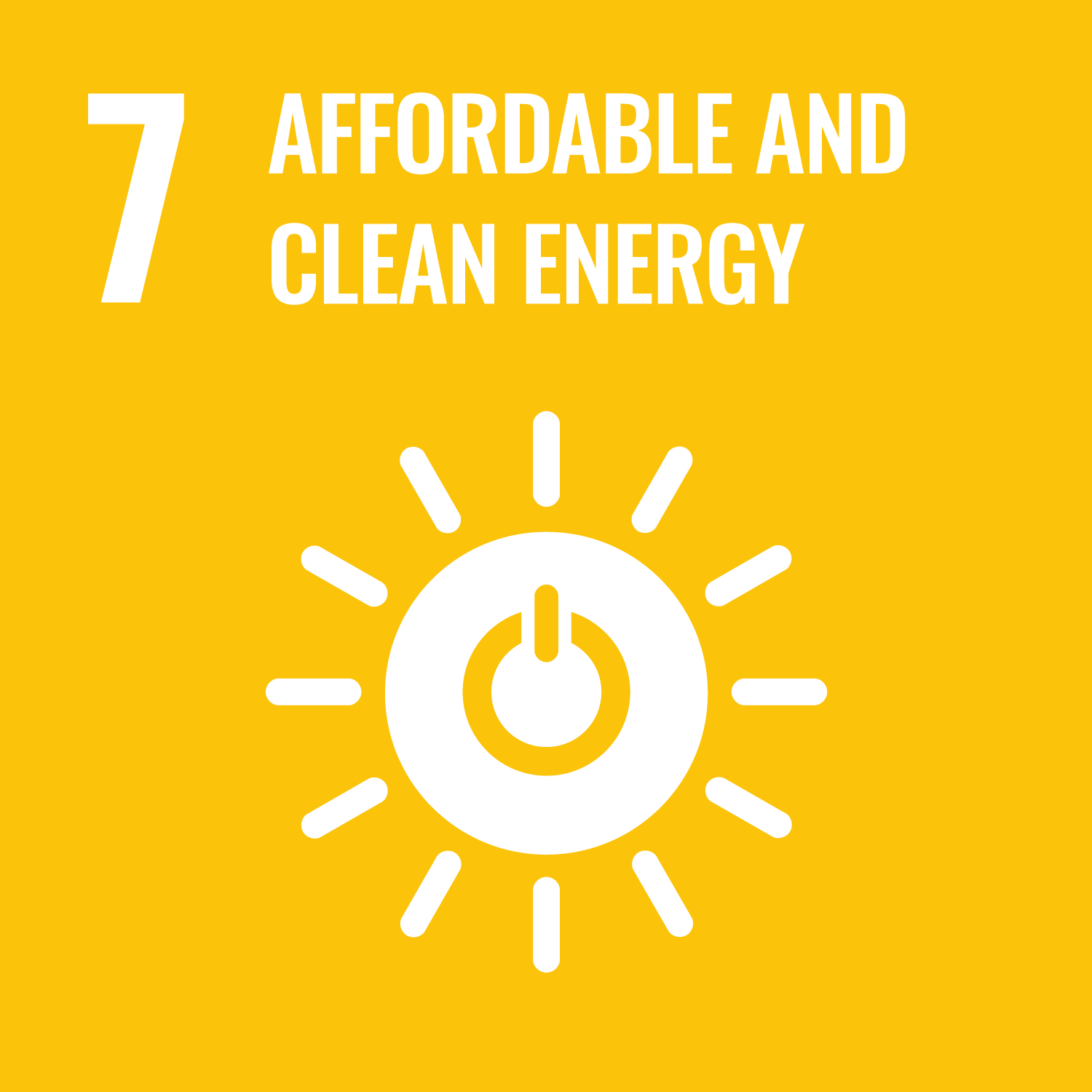
Goal #7 Affordable & Clean Energy: Ensure access to affordable, reliable, sustainable and modern energy for all
The world is making progress towards Goal 7, with encouraging signs that energy is becoming more sustainable and widely available. Access to electricity in poorer countries has begun to accelerate, energy efficiency continues to improve, and renewable energy is making impressive gains in the electricity sector.
Goal #8 Decent Work & Economic Growth: Promote sustained, inclusive and sustainable economic growth, full and productive employment and decent work for all
Sustained and inclusive economic growth can drive progress, create decent jobs for all and improve living standards. COVID-19 has disrupted billions of lives and endangered the global economy. The International Monetary Fund (IMF) expects a global recession as bad as or worse than in 2009. As job losses escalate, the International Labor Organization estimates that nearly half of the global workforce is at risk of losing their livelihoods.
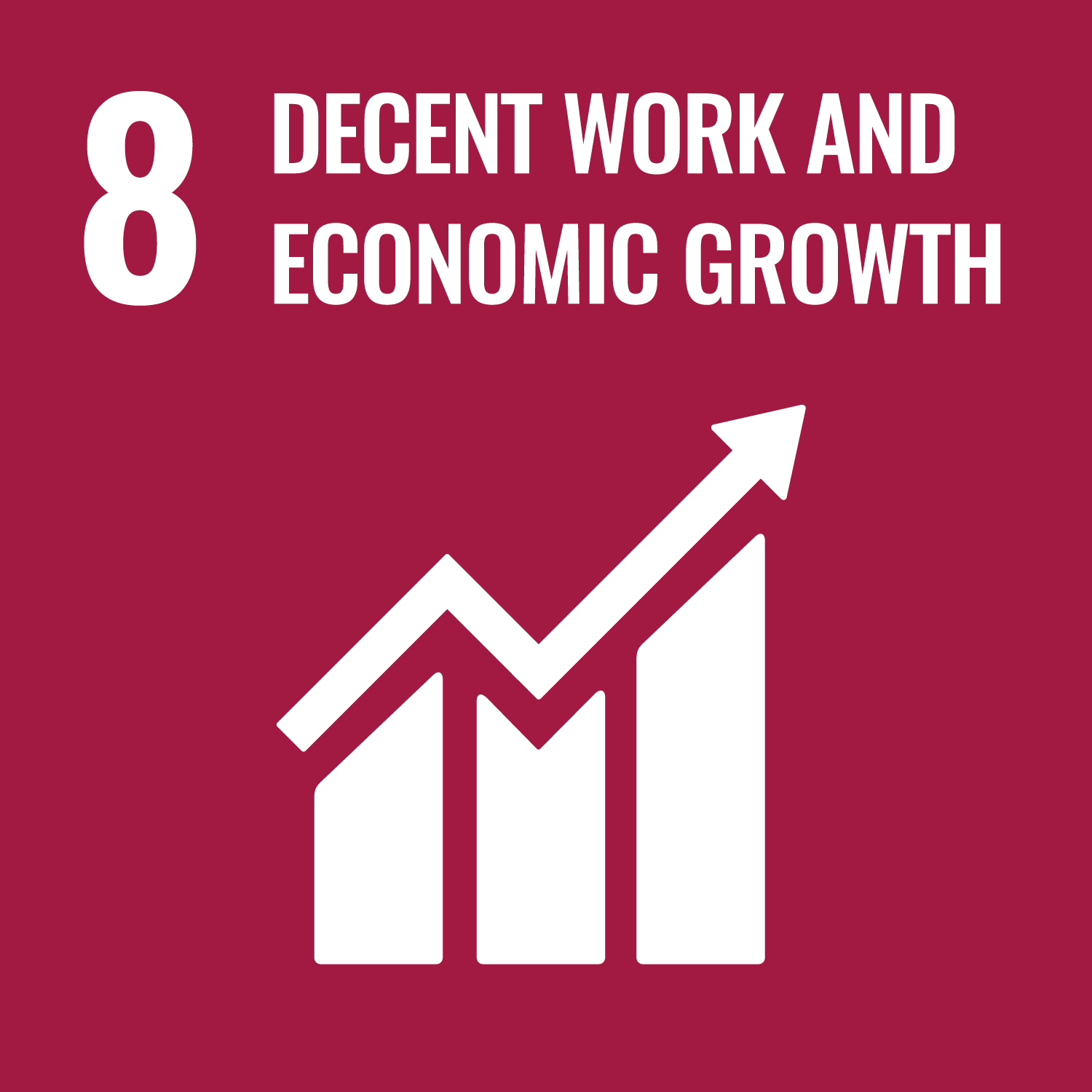
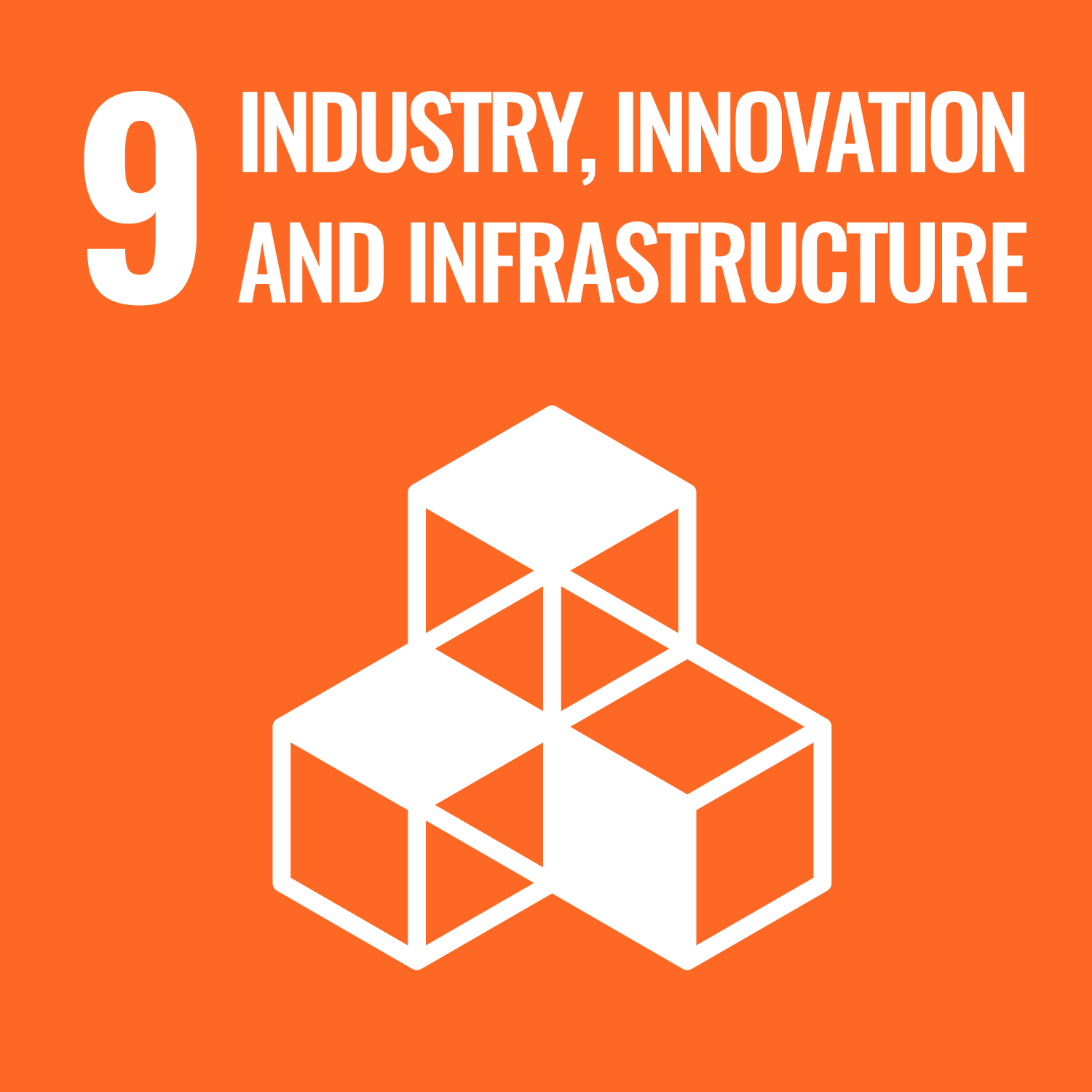
Goal #9 Industry, Innovation, & Infrastructure: Build resilient infrastructure, promote inclusive and sustainable industrialization and foster innovation
Inclusive and sustainable industrialization, together with innovation and infrastructure, can unleash dynamic and competitive economic forces that generate employment and income. They play a key role in introducing and promoting new technologies, facilitating international trade and enabling the efficient use of resources.
Goal #10 Reduced Inequalities: Reduce inequality within and among countries
Reducing inequalities and ensuring no one is left behind are integral to achieving the Sustainable Development Goals. Inequality within and among countries is a persistent cause for concern. Despite some positive signs toward reducing inequality in some dimensions, such as reducing relative income inequality in some countries and preferential trade status benefiting lower-income countries, inequality still persists.
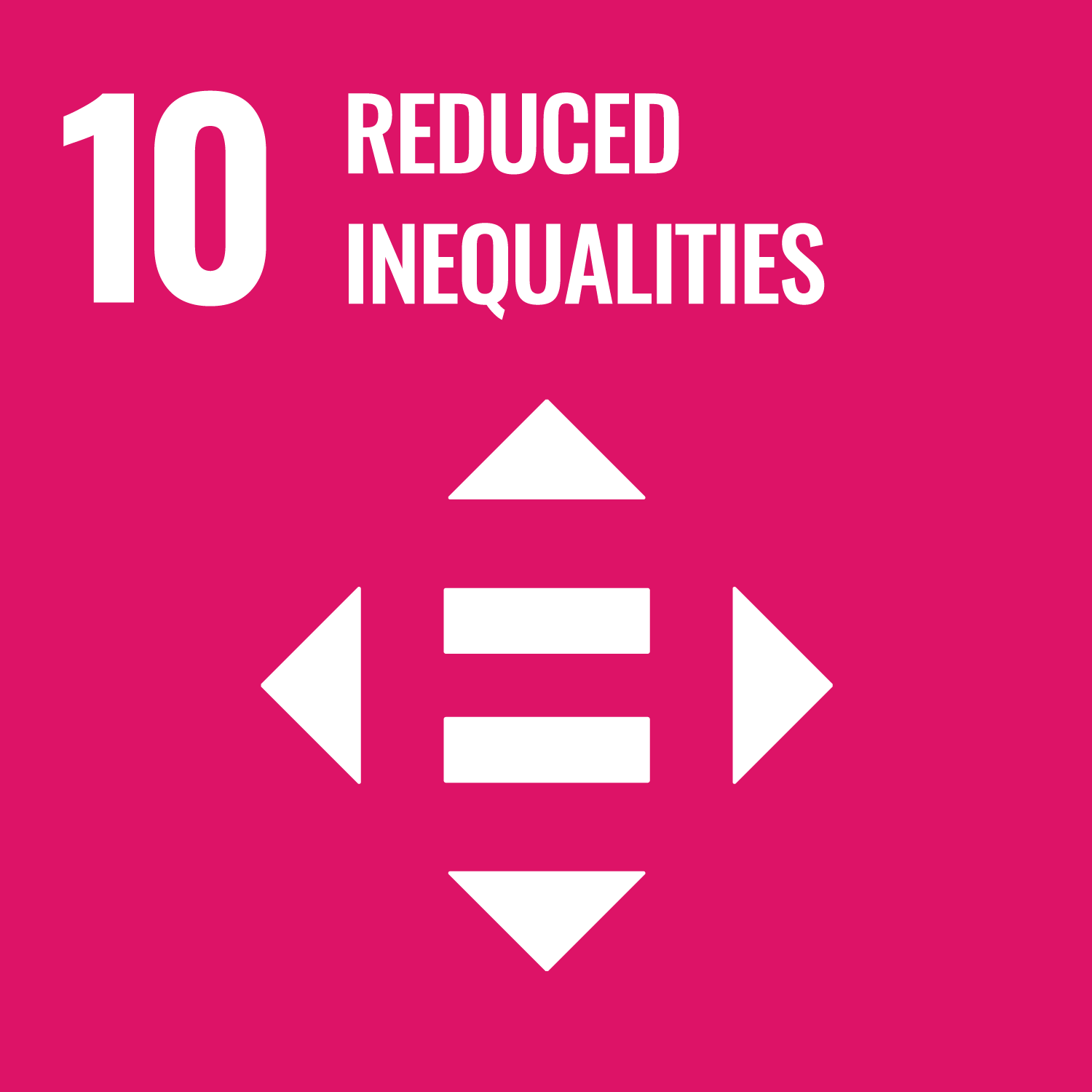
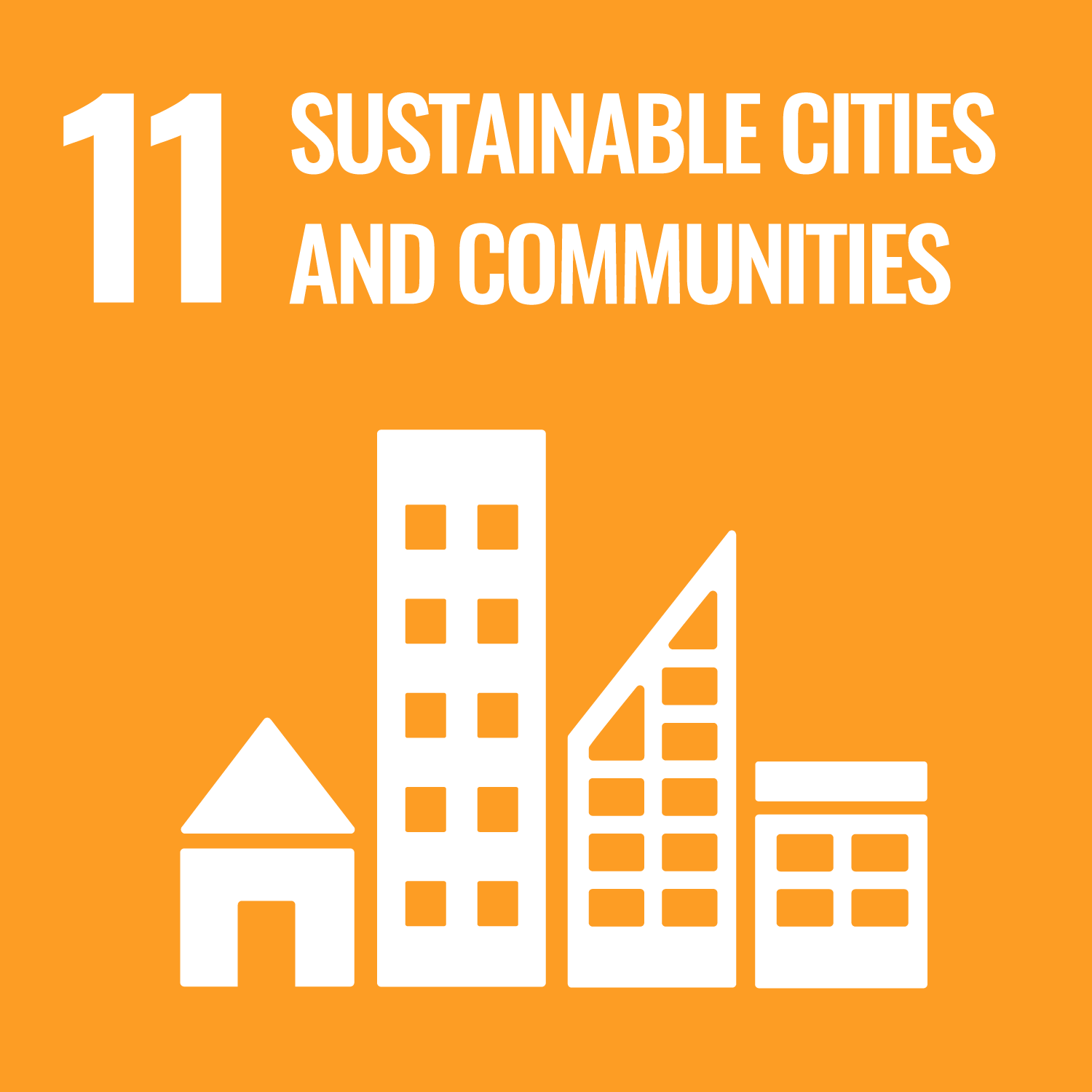
Goal #11 Sustainable Cities & Communities: Make cities and human settlements inclusive, safe, resilient and sustainable
The world is becoming increasingly urbanized. Since 2007, more than half the world’s population has been living in cities, and that share is projected to rise to 60 per cent by 2030. Cities and metropolitan areas are powerhouses of economic growth—contributing about 60 per cent of global GDP. However, they also account for about 70 per cent of global carbon emissions and over 60 per cent of resource use.
Goal #12 Responsible Consumption & Production:Ensure sustainable consumption and production patterns
Worldwide consumption and production — a driving force of the global economy — rest on the use of the natural environment and resources in a way that continues to have destructive impacts on the planet. Economic and social progress over the last century has been accompanied by environmental degradation that is endangering the very systems on which our future development — indeed, our very survival — depends.
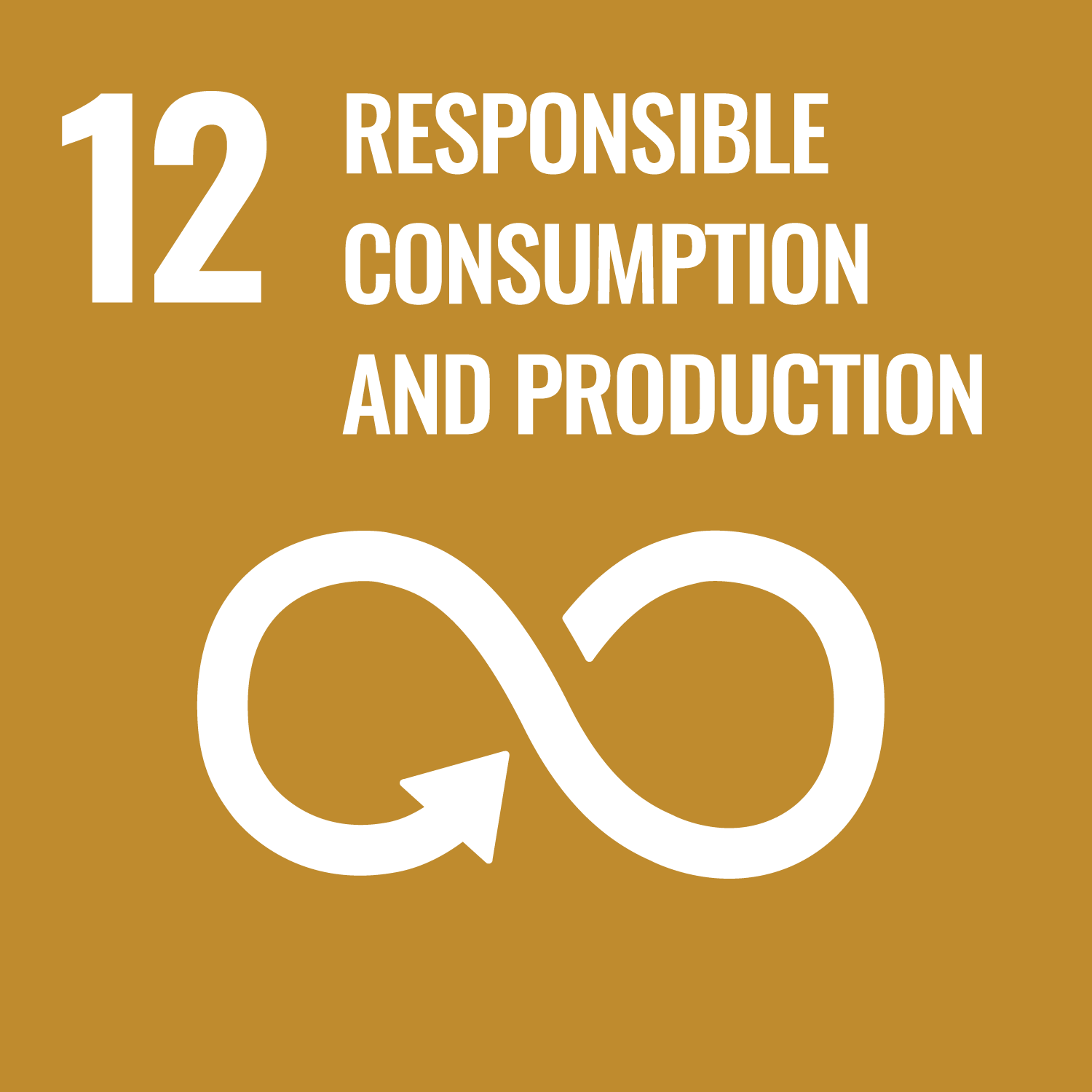
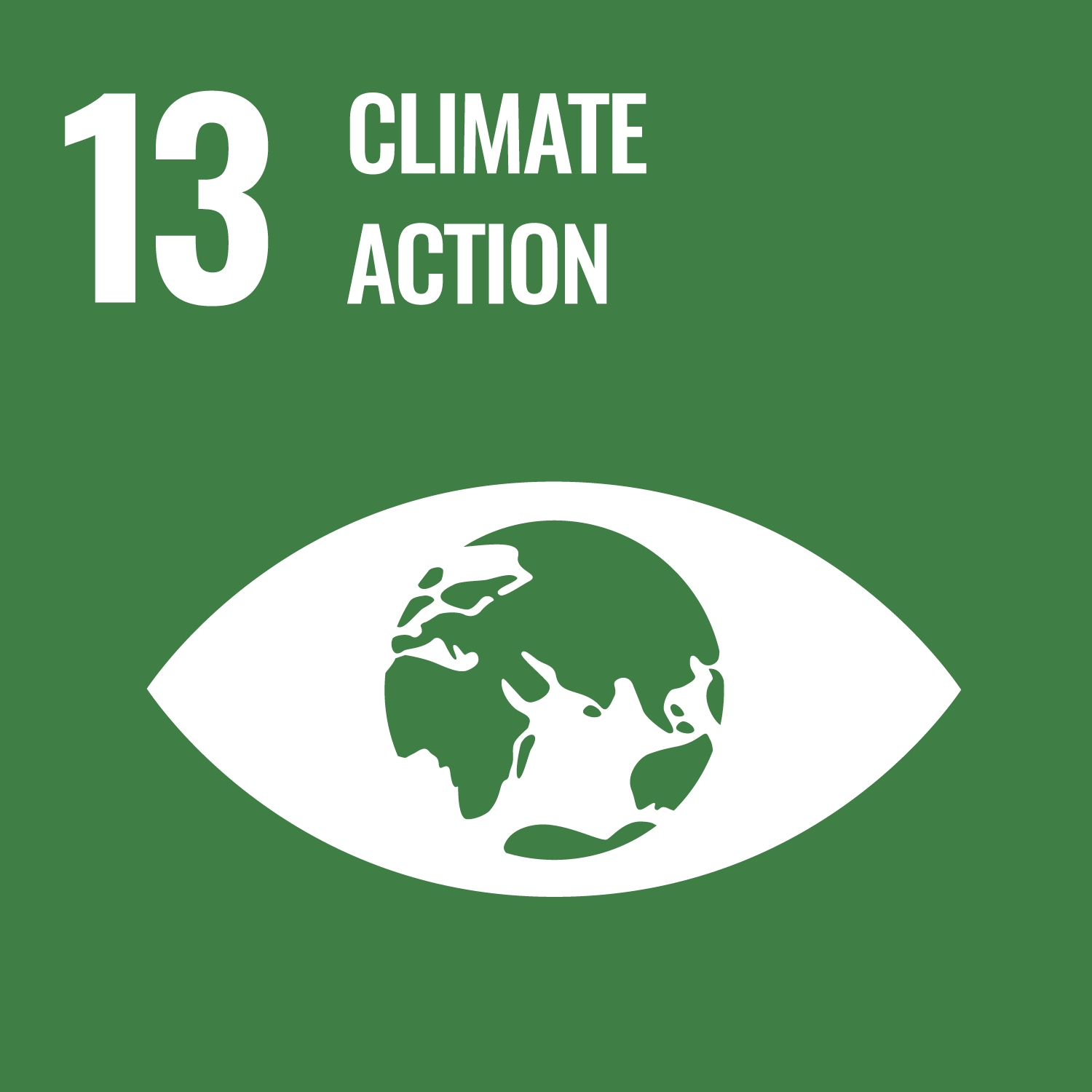
Goal #13 Climate Action: Take urgent action to combat climate change and its impacts
2019 was the second warmest year on record and the end of the warmest decade (2010- 2019) ever recorded. Carbon dioxide (CO2) levels and other greenhouse gases in the atmosphere rose to new records in 2019. Climate change is affecting every country on every continent. It is disrupting national economies and affecting lives. Weather patterns are changing, sea levels are rising, and weather events are becoming more extreme.
Goal #14 Life Below Water: Conserve and sustainably use the oceans, seas and marine resources for sustainable development
he ocean drives global systems that make the Earth habitable for humankind. Our rainwater, drinking water, weather, climate, coastlines, much of our food, and even the oxygen in the air we breathe, are all ultimately provided and regulated by the sea. Careful management of this essential global resource is a key feature of a sustainable future. However, at the current time, there is a continuous deterioration of coastal waters owing to pollution, and ocean acidification is having an adversarial effect on the functioning of ecosystems and biodiversity.
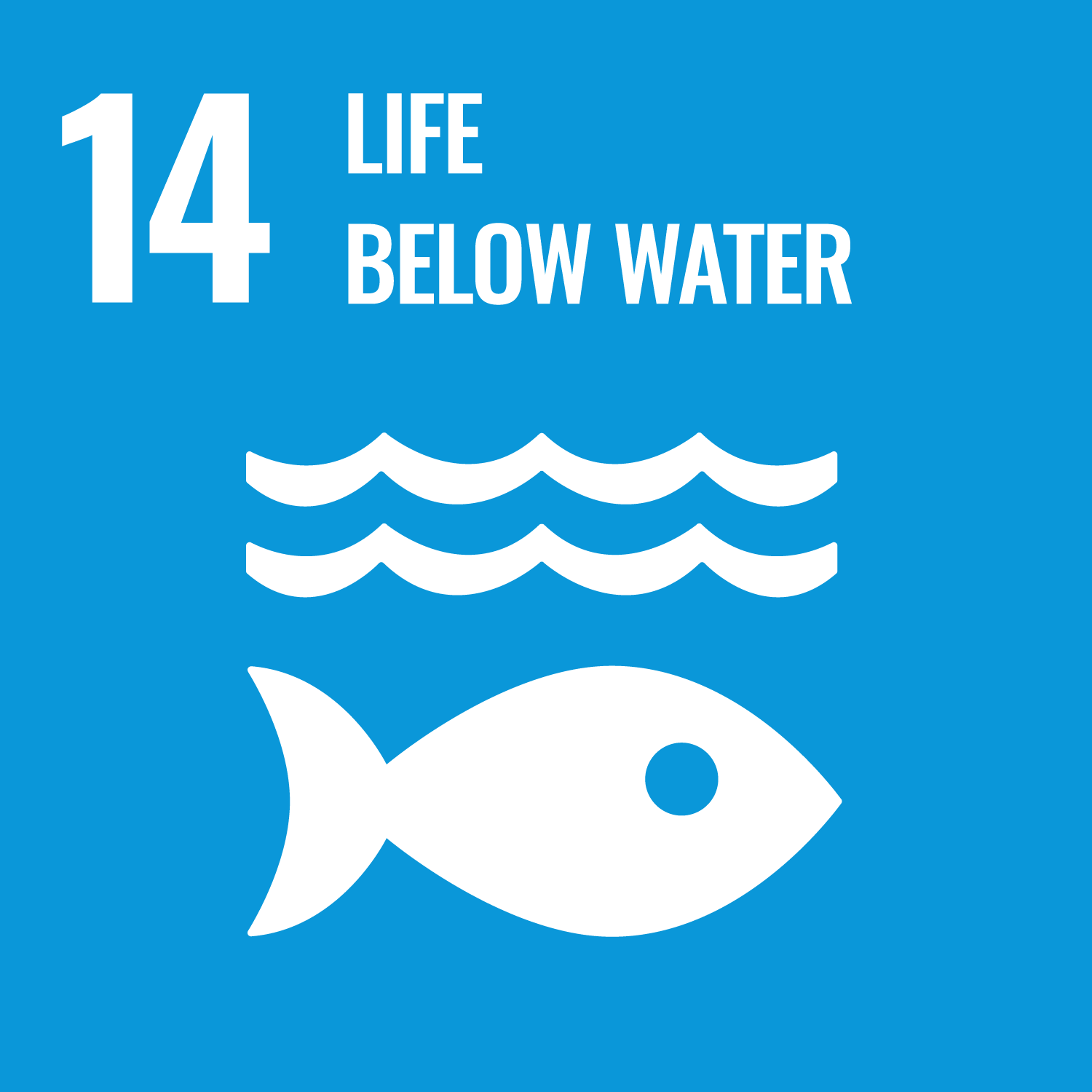
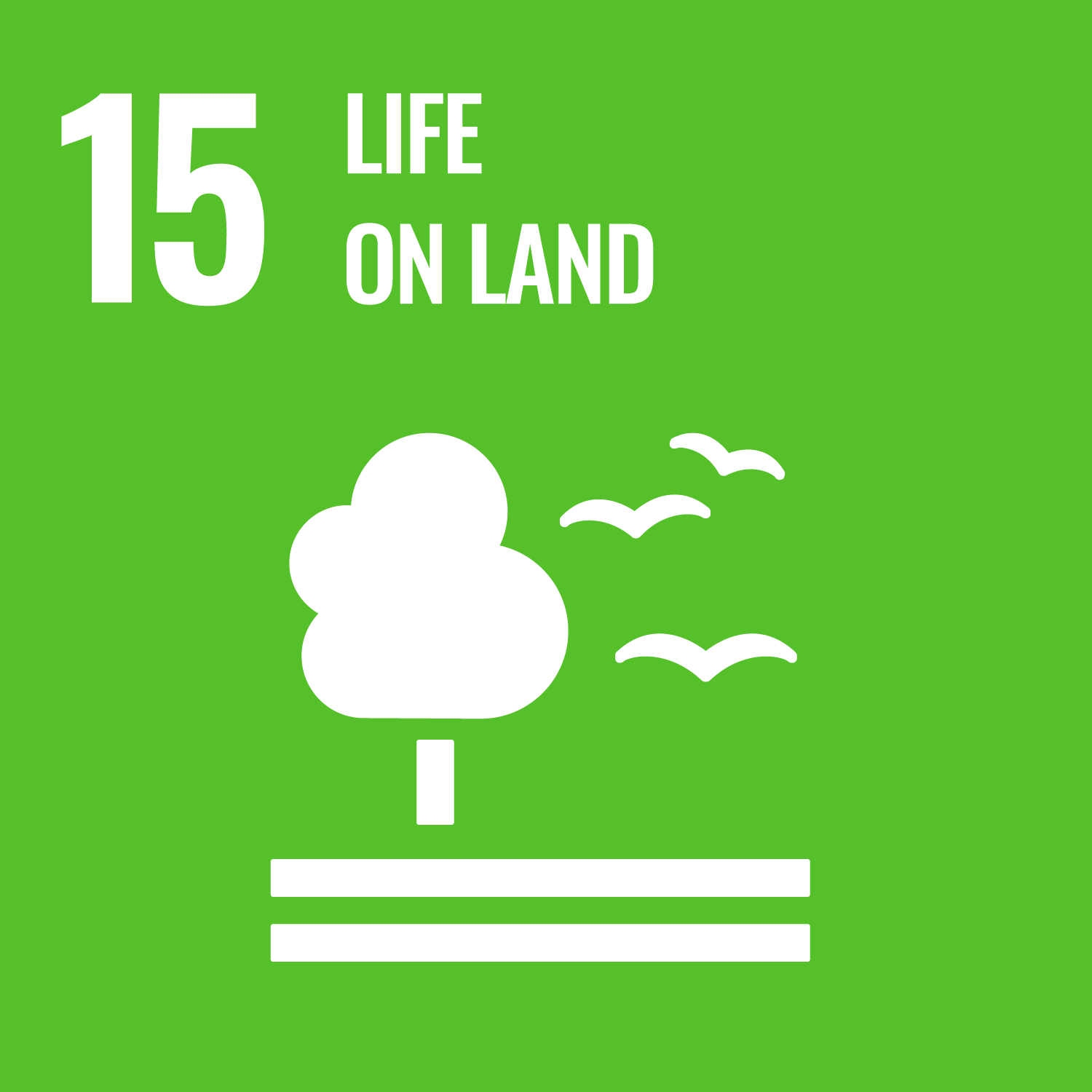
Goal #15 Life on land: Protect, restore and promote sustainable use of terrestrial ecosystems, sustainably manage forests, combat desertification, and halt and reverse land degradation and halt biodiversity loss.
Nature is critical to our survival: nature provides us with our oxygen, regulates our weather patterns, pollinates our crops, produces our food, feed and fibre. But it is under increasing stress. Human activity has altered almost 75 per cent of the earth’s surface, squeezing wildlife and nature into an ever-smaller corner of the planet.
Goal #16 Peace, Justice & Strong Institutions: Promote peaceful and inclusive societies for sustainable development, provide access to justice for all and build effective, accountable and inclusive institutions at all levels.
Conflict, insecurity, weak institutions and limited access to justice remain a great threat to sustainable development. The number of people fleeing war, persecution and conflict exceeded 70 million in 2018, the highest level recorded by the UN refugee agency (UNHCR) in almost 70 years. In 2019, the United Nations tracked 357 killings and 30 enforced disappearances of human rights defenders, journalists and trade unionists in 47 countries.
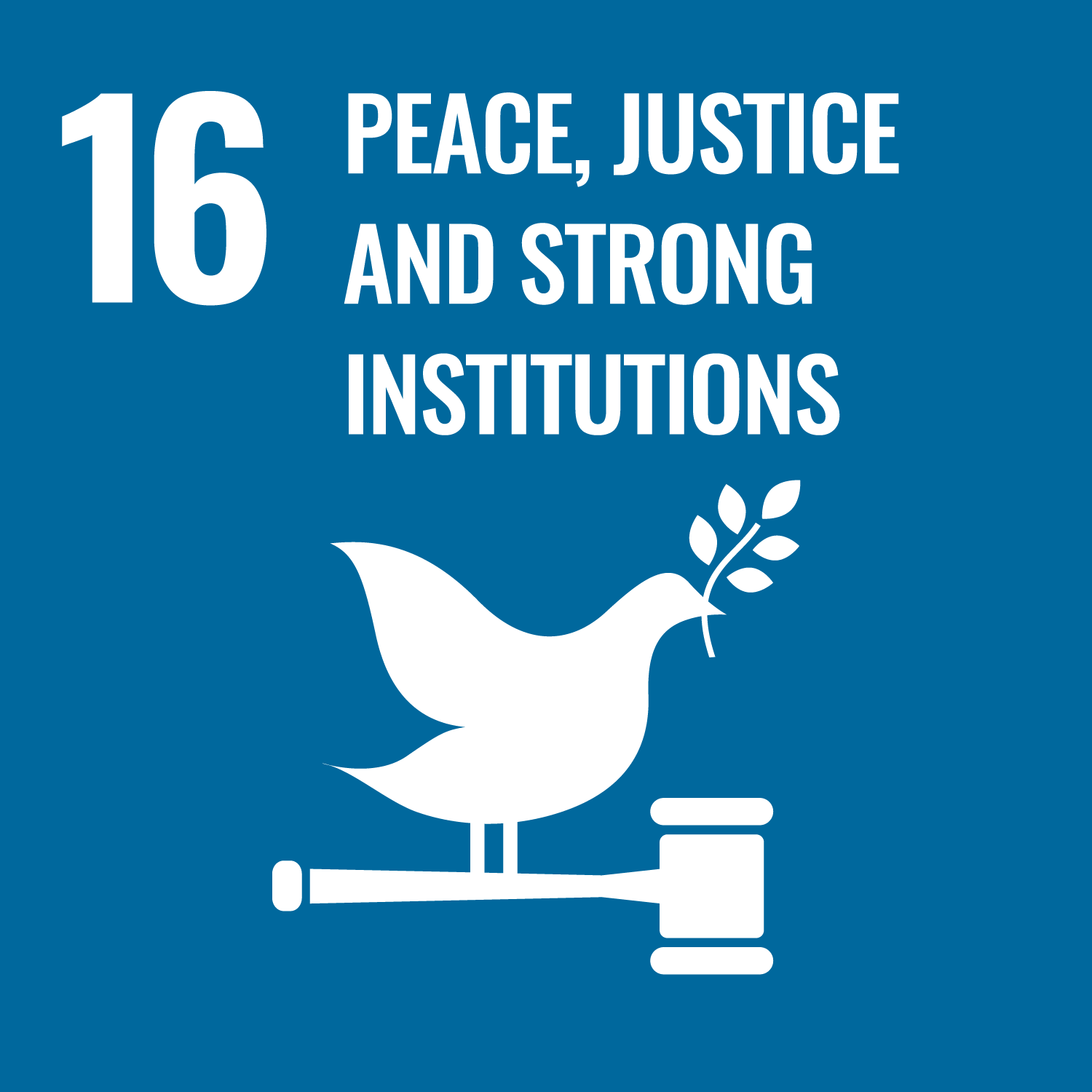
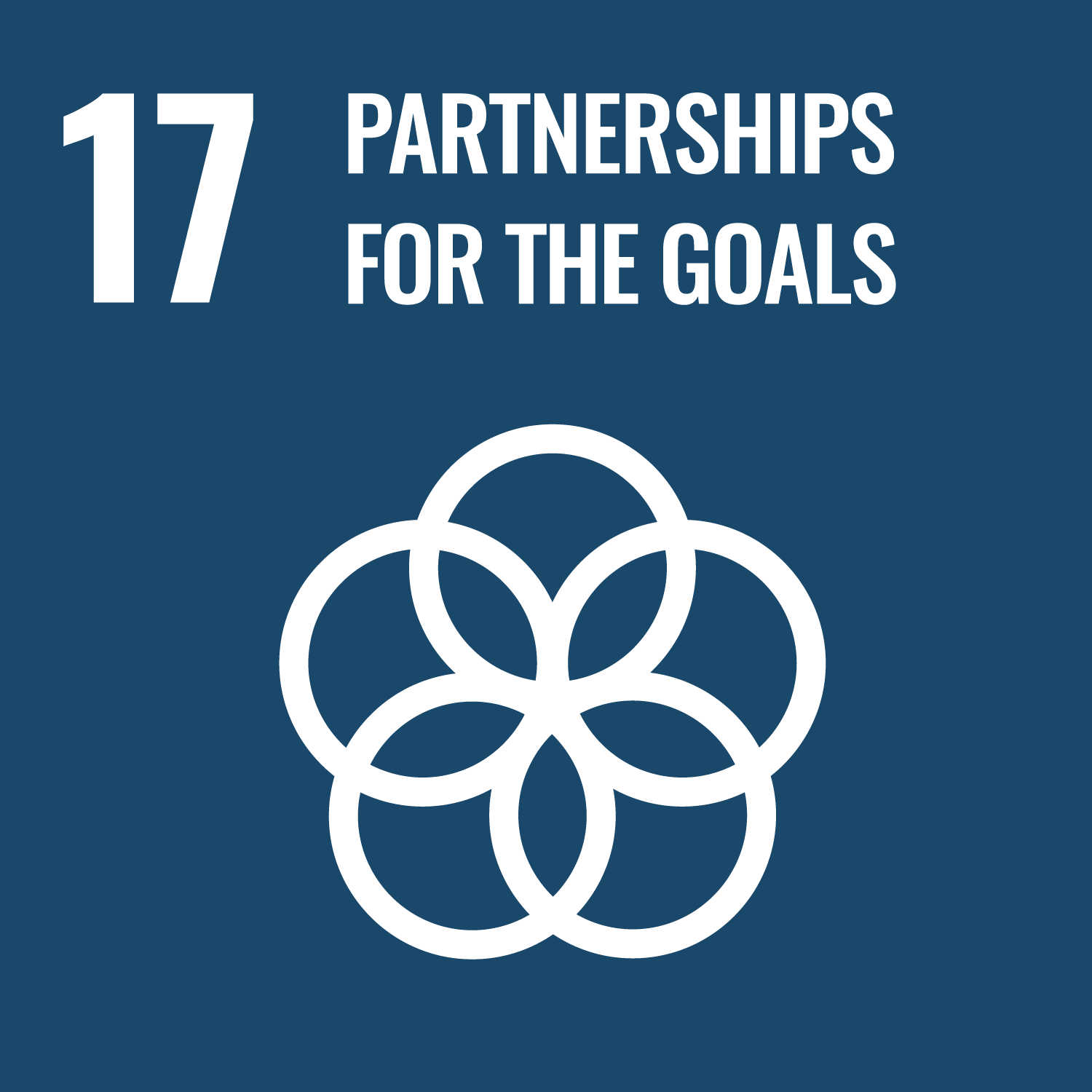
Goal #17 Partnerships for the Goals: Strengthen the means of implementation and revitalize the global partnership for sustainable development.
The SDGs can only be realized with strong global partnerships and cooperation. A successful development agenda requires inclusive partnerships — at the global, regional, national and local levels — built upon principles and values, and upon a shared vision and shared goals placing people and the planet at the centre. Many countries require Official Development Assistance to encourage growth and trade. Yet, aid levels are falling and donor countries have not lived up to their pledge to ramp up development finance.
